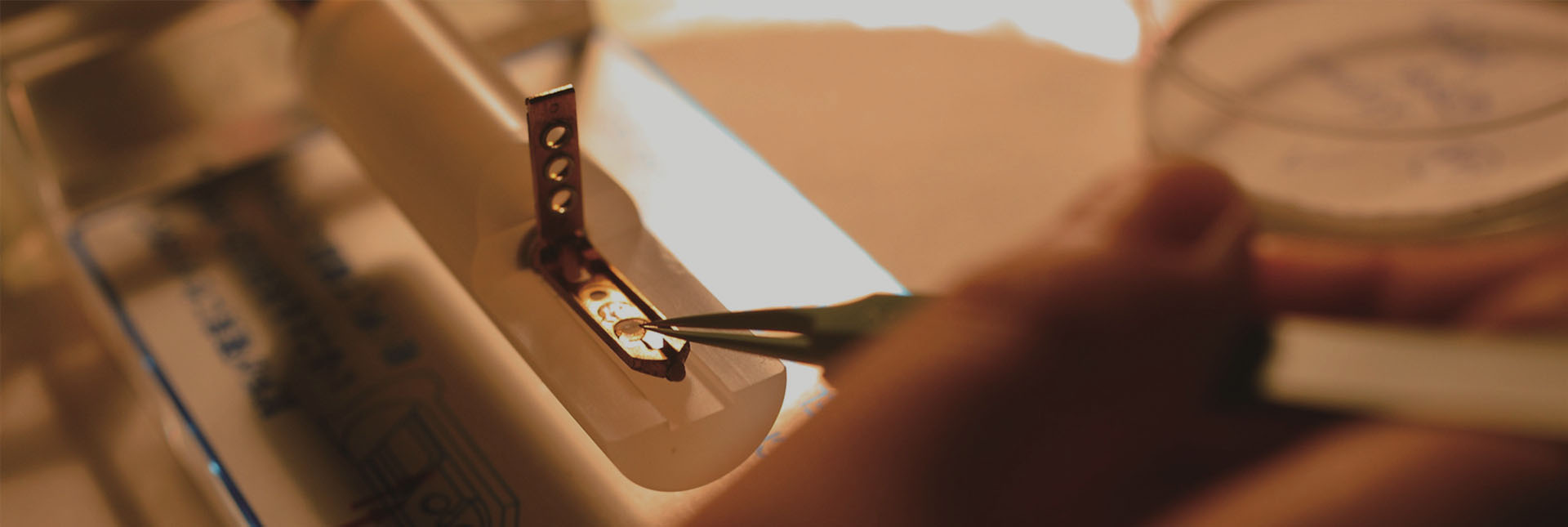YIN Minyi

YIN Minyi
Chief Physician
Shanghai Ninth People’s Hospital Affiliated to Shanghai Jiao Tong University School of Medicine
Graduate Supervisor
Research area: Vascular Surgery
Email: [email protected]
Tel: 021-
Research Interests
Mechanism of venous wall remodeling after thrombosis
Post-thrombotic syndrome (PTS) is a chronic venous insufficiency disease developed from acute deep venous thrombosis (DVT), which mainly occurs in the lower limbs. The traditional view is that chronic thrombosis obstructing venous return and venous valve destruction and dysfunction are the main mechanisms of PTS. However, long-term ultrasound follow-up showed that recanalization could occur in the early stage of thrombosis after DVT, and the recanalization phenomenon existed in almost all the affected venous segments 3 years later. In addition, some PTS limbs with early recanalization of thrombus still maintained good venous valve morphology. Therefore, the traditional theories of reflux obstruction and valve destruction cannot fully explain the occurrence and development of PTS. In recent years, the focus of research on the pathogenesis of PTS has gradually shifted to the fibrotic remodeling of the vessel wall, which is mainly characterized by smooth muscle cell (SMC) synthesis, proliferation, collagen fiber deposition and extracellular matrix disorder. Although the role of fibrotic remodeling of the vessel wall in the occurrence of PTS has attracted increasing attention from scholars, the specific factors that trigger the remodeling of the vessel wall structure after DVT are still unclear. In other words, we have not found the key regulatory points that can effectively delay and control the fibrotic remodeling of the vessel wall after DVT.



